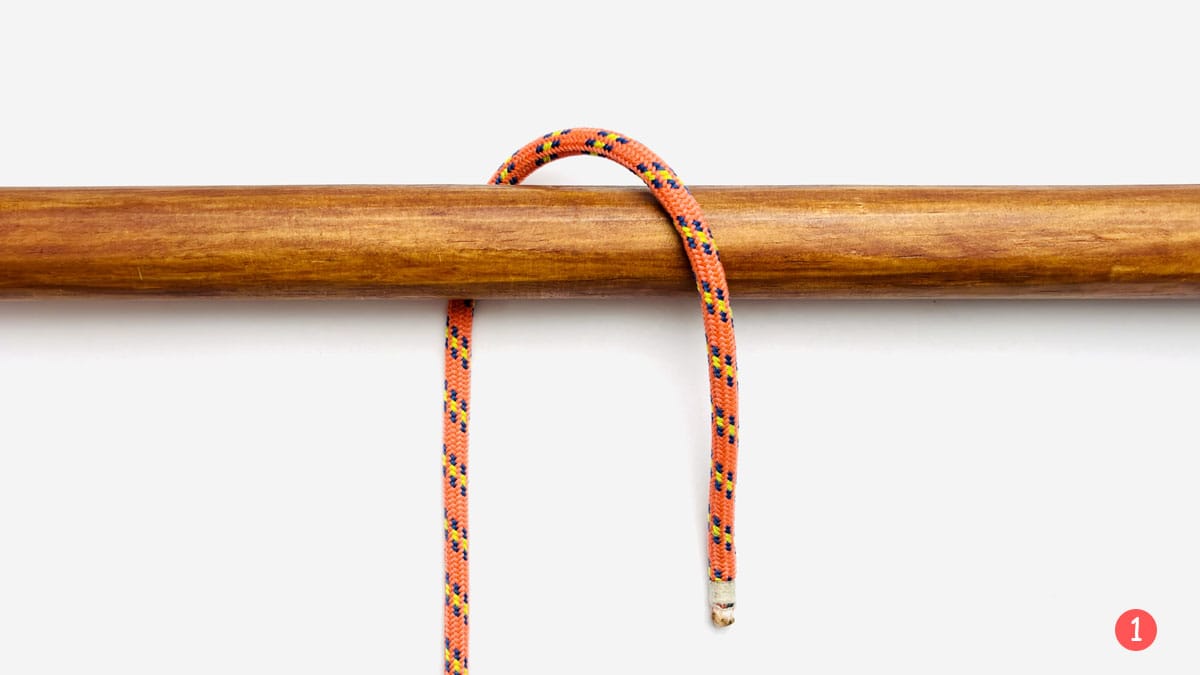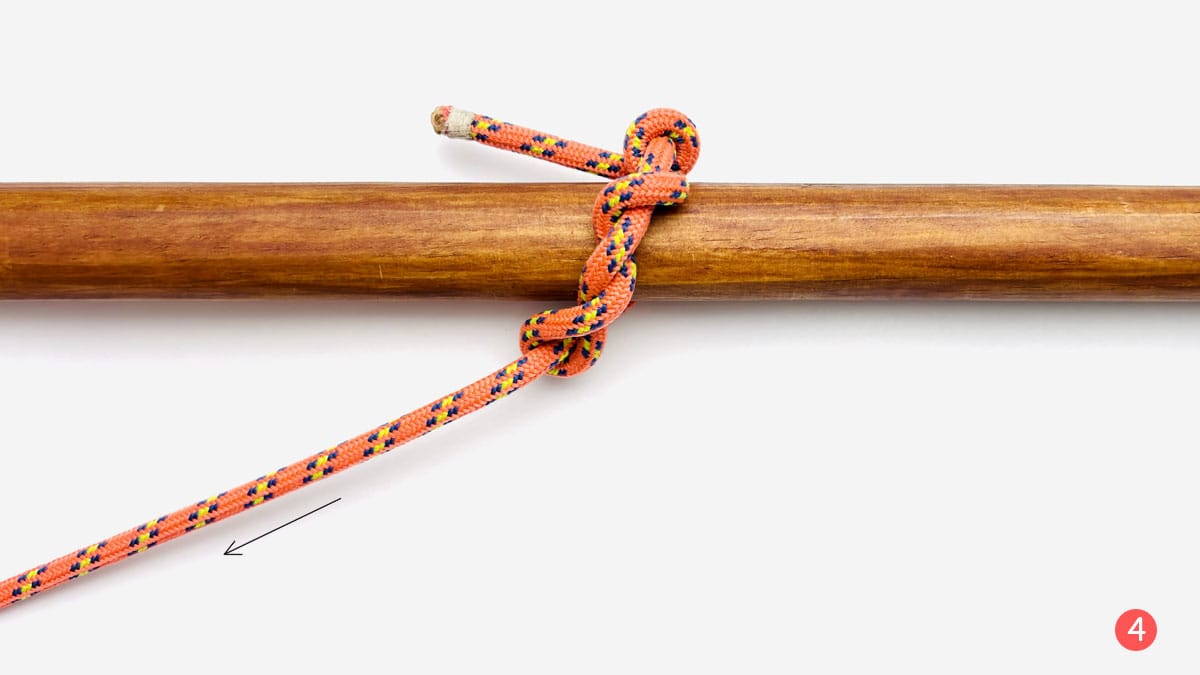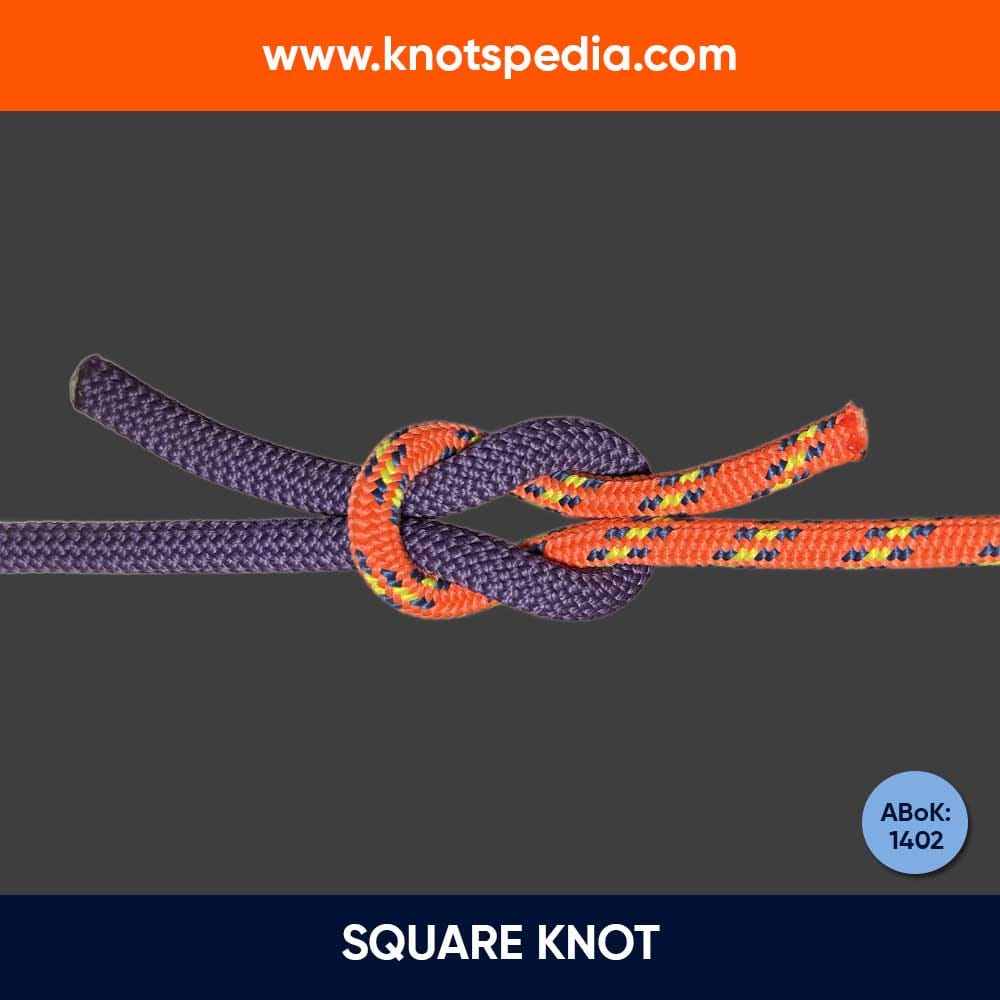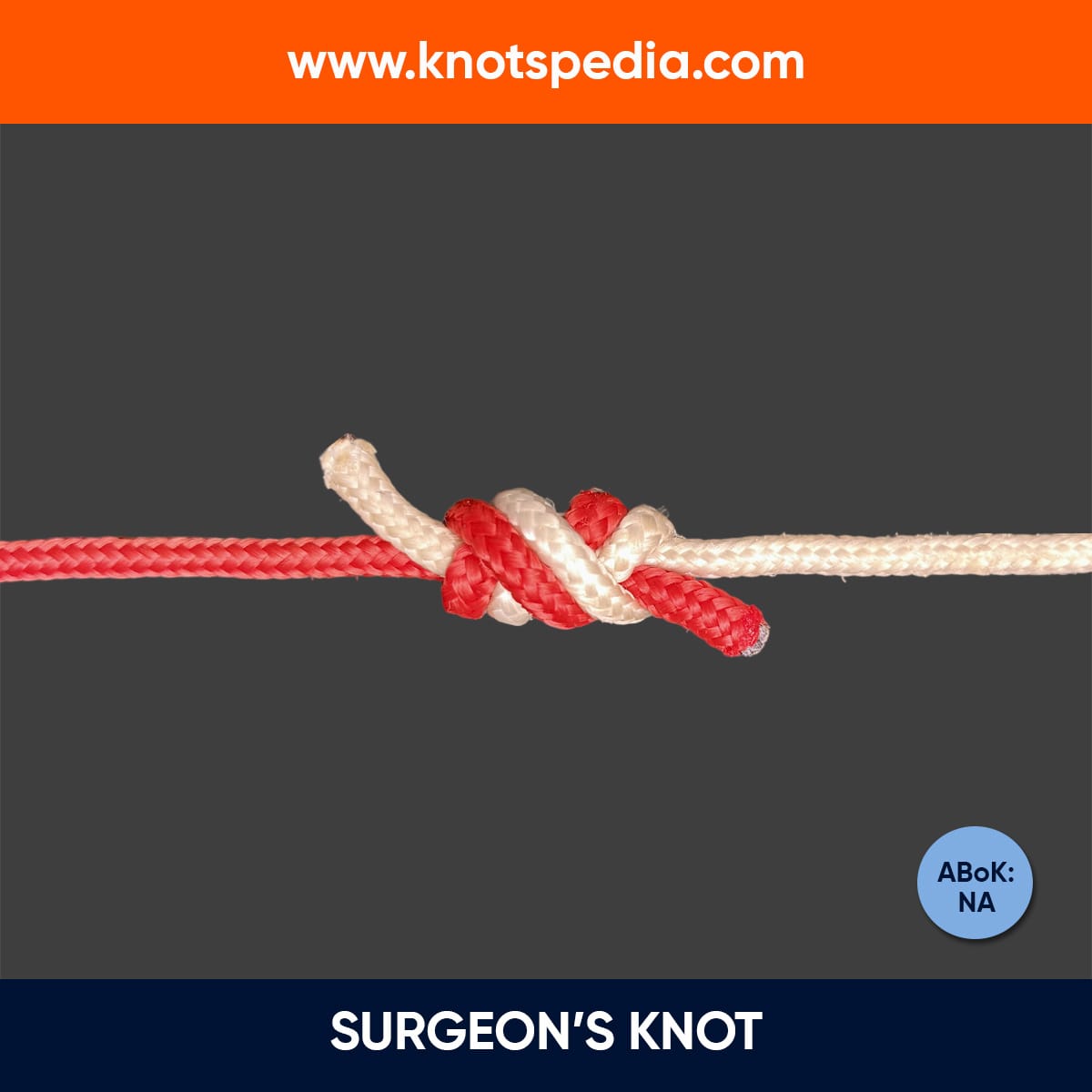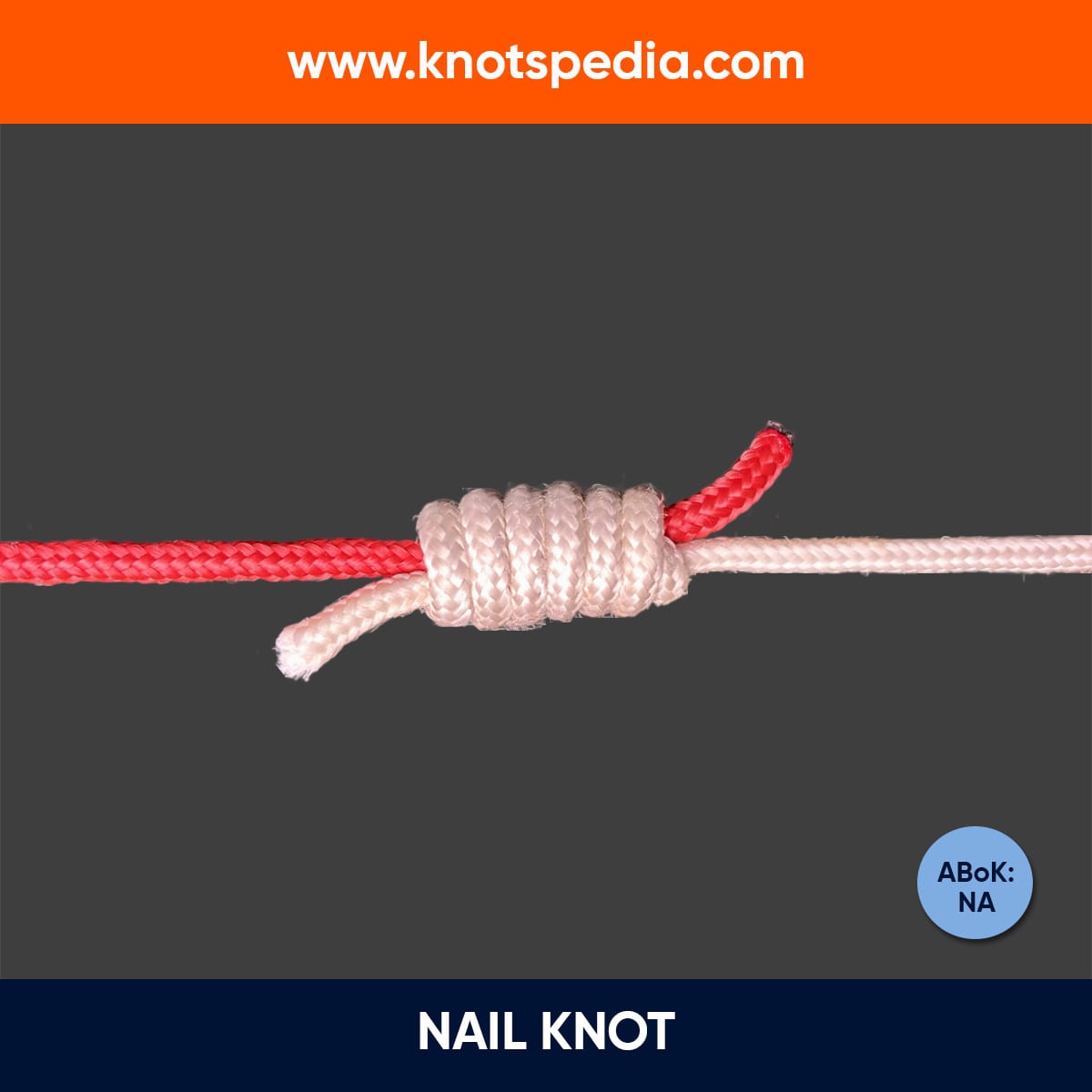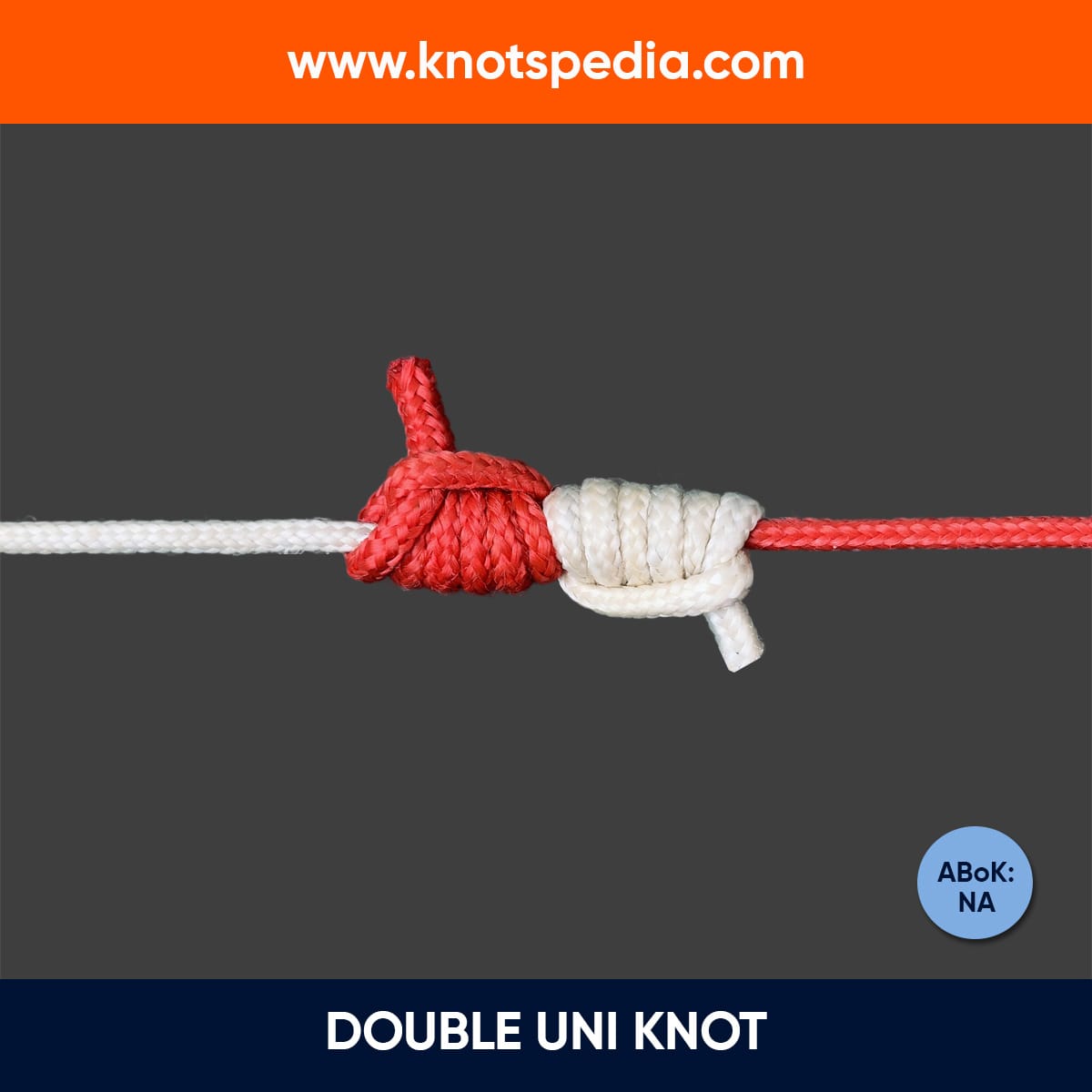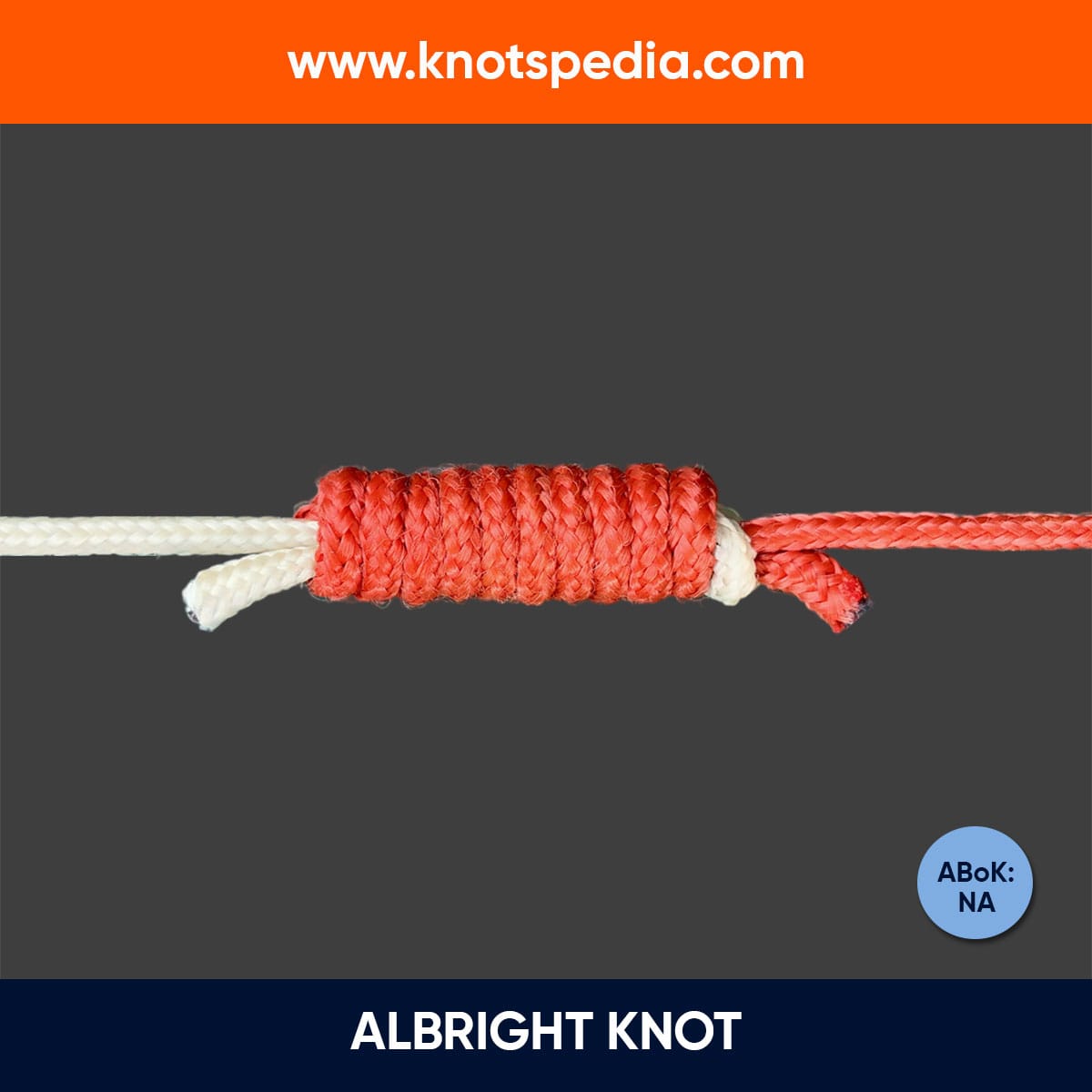The Timber Hitch is used to tie a rope to cylindrical objects like a pole, tree, or log.
It’s a very secure hitch that does not jam, and when you need to untie, it comes undone in seconds.
Let’s dive into this hitch in detail.
Timber Hitch Details
Type: Hitch
Other Names: Lubermans Knot, Countryman’s Knot
ABoK Reference: #479, #1665
How to Tie a Timber Hitch
- Pass the rope around the object.
- Pass it around the standing part.
- Wrap the working end multiple times around the rope.
- Pull the standing end to tighten the hitch
To untie, unwind the running loop from around the rope. The knot will come undone instantly.
Timber Hitch Step by Step
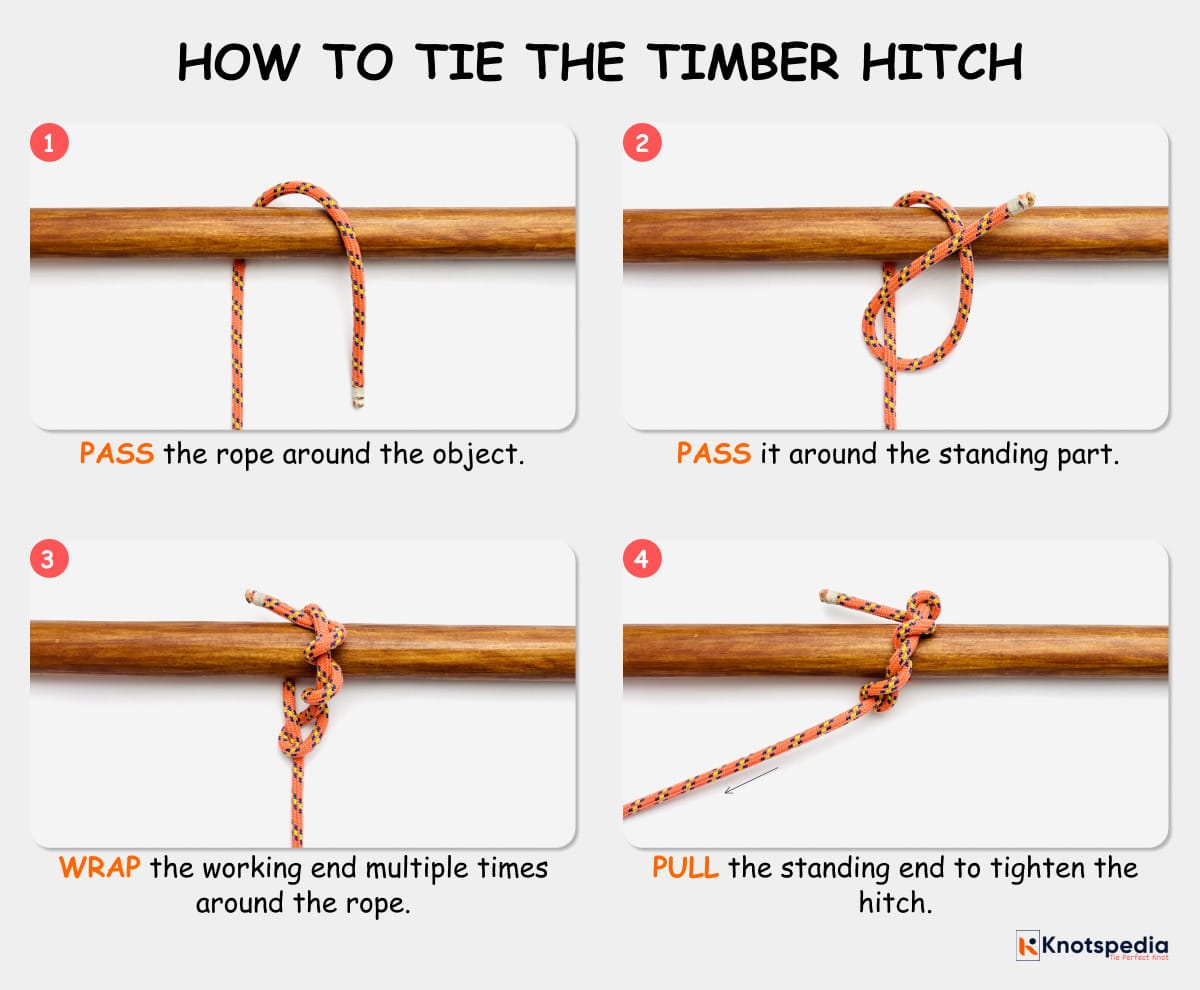
Common Mistake
Most people tie this hitch wrong by wrapping the rope around the wrong leg.
After passing the working end around the standing line, the turns should be made in the working part around itself, not the standing line.
If tied correctly, it forms an eye for the standing part to run through.
Caution: Know When NOT to Use It
This hitch is not suitable for overhead lifting, and it does not work as expected on smooth surfaces.
In the Ashley Book of Knots, it’s mentioned that “Three tucks or turns are ample.”
While this is true for the natural ropes, modern synthetic fibers are more slippery, so five or more turns are recommended.
This knot relies on friction for strength, so it stays strong as long as there is tension in the rope.
Once the tension is released, it can come loose.
Pro TIP: Try Killick Hitch
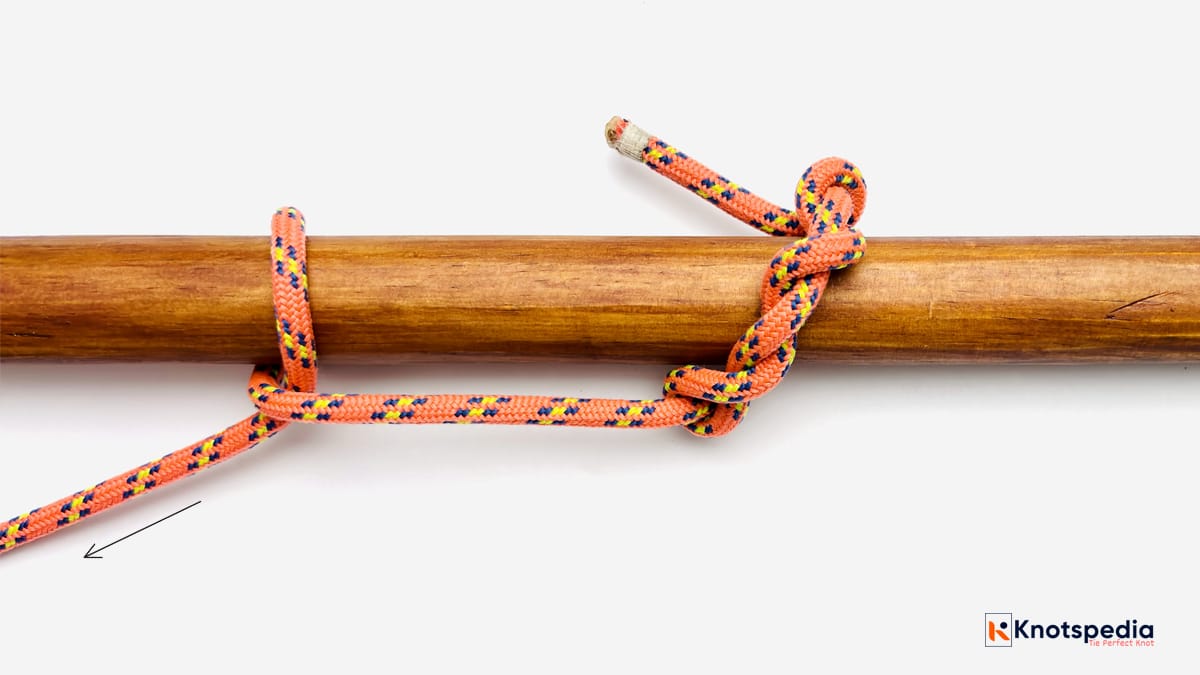
If timber is to be hoisted on end, place the Timber Hitch below the center and add an additional Half Hitch near the hauling end.
It helps to keep the load from twisting.
This combination is known as the Killick Hitch. It’s used to lift, drag, and hoist objects like logs and planks.
Pros & Cons
- Easy to tie and untie even under the load.
- Does not jam.
- Secures only when there is tension on the knot
Application and Uses
In the Ashley Book of Knots, it is mentioned that this hitch was used in handling cargo during ancient days.
Nowadays, you can use it for various applications:
- Securing ropes to tree trunks, branches, or logs.
- Secure ridge lines for tarps, tents, and clotheslines.
- Sailors would modify this hitch into a Killick’s Hitch to anchor their ships.
- Attach the strings to the lower end of an English longbow and instruments like ukulele and guitar.
Other Variations
Figure 8 Timber Hitch
According to Ashley’s Book of Knots, the Figure 8 Timber Hitch (ABoK #1668) is as secure as the normal Timber Hitch. And, it requires one less turn.
If you think your rope is weak but need to hoist heavy objects, tie a round turn on the standing end before the Figure 8 Timber Hitch.
It adds to the strength of the knot.
Timber Hitch on a Bight
The Timber Hitch on a Bight helps to hitch away from the rope ends and without access to the ends of the hitching object.
Just take a long bight of rope and tie it similar to the Timber hitch.
The best thing? Both parts of the ropes can take the full load.
Share this Article!
